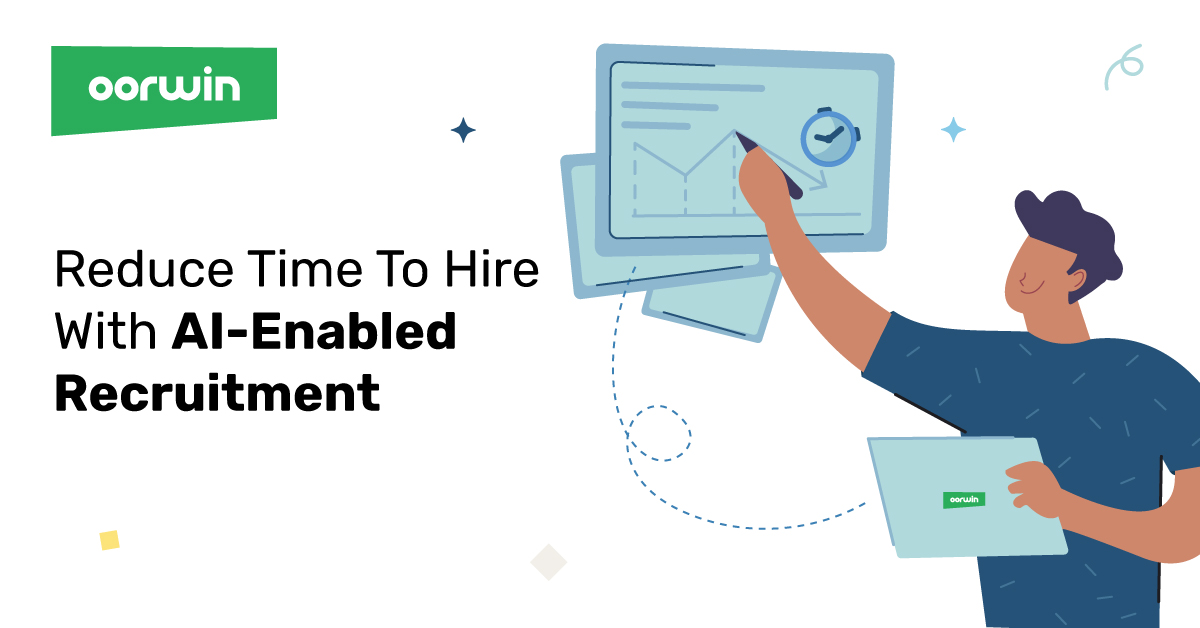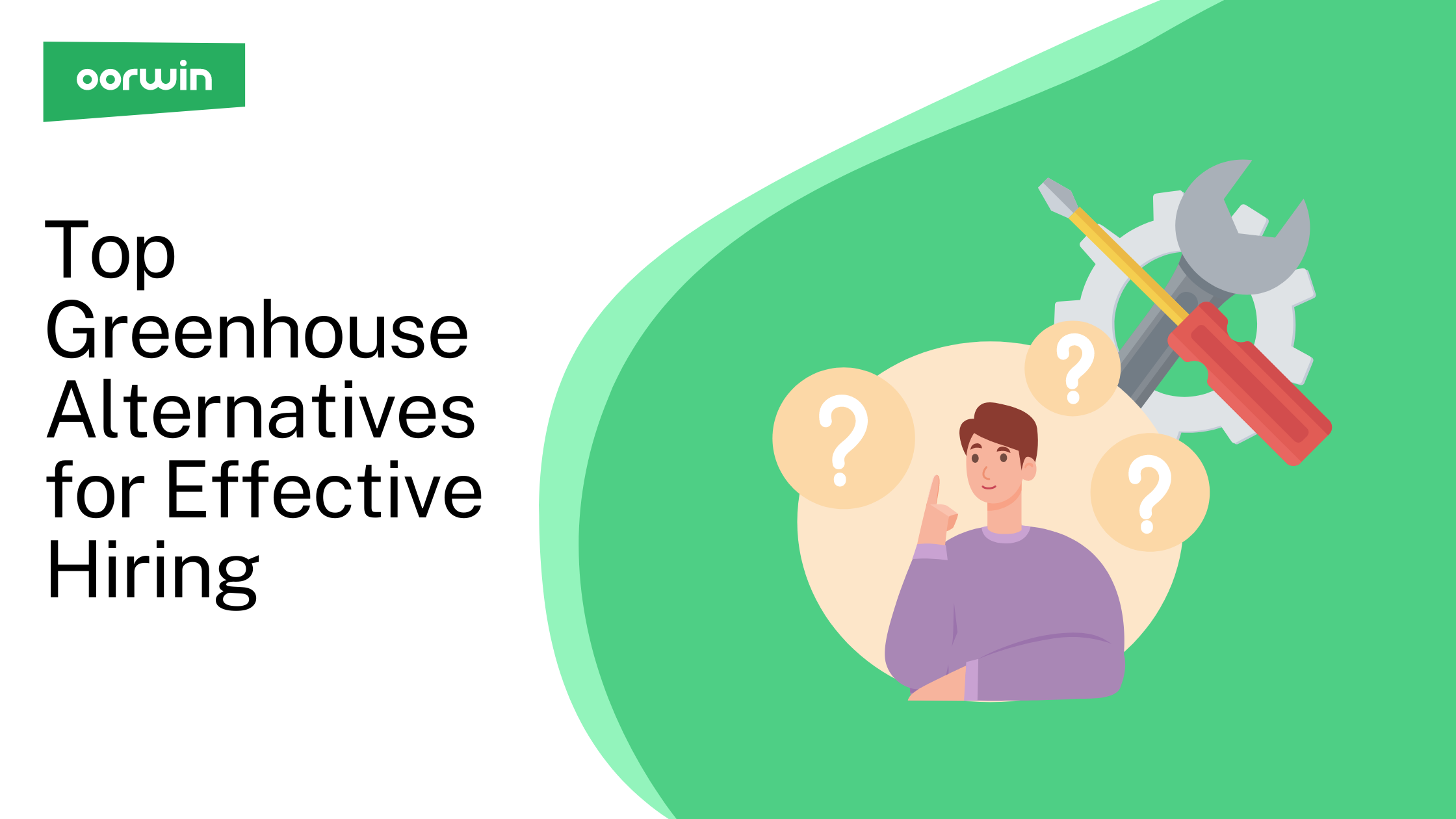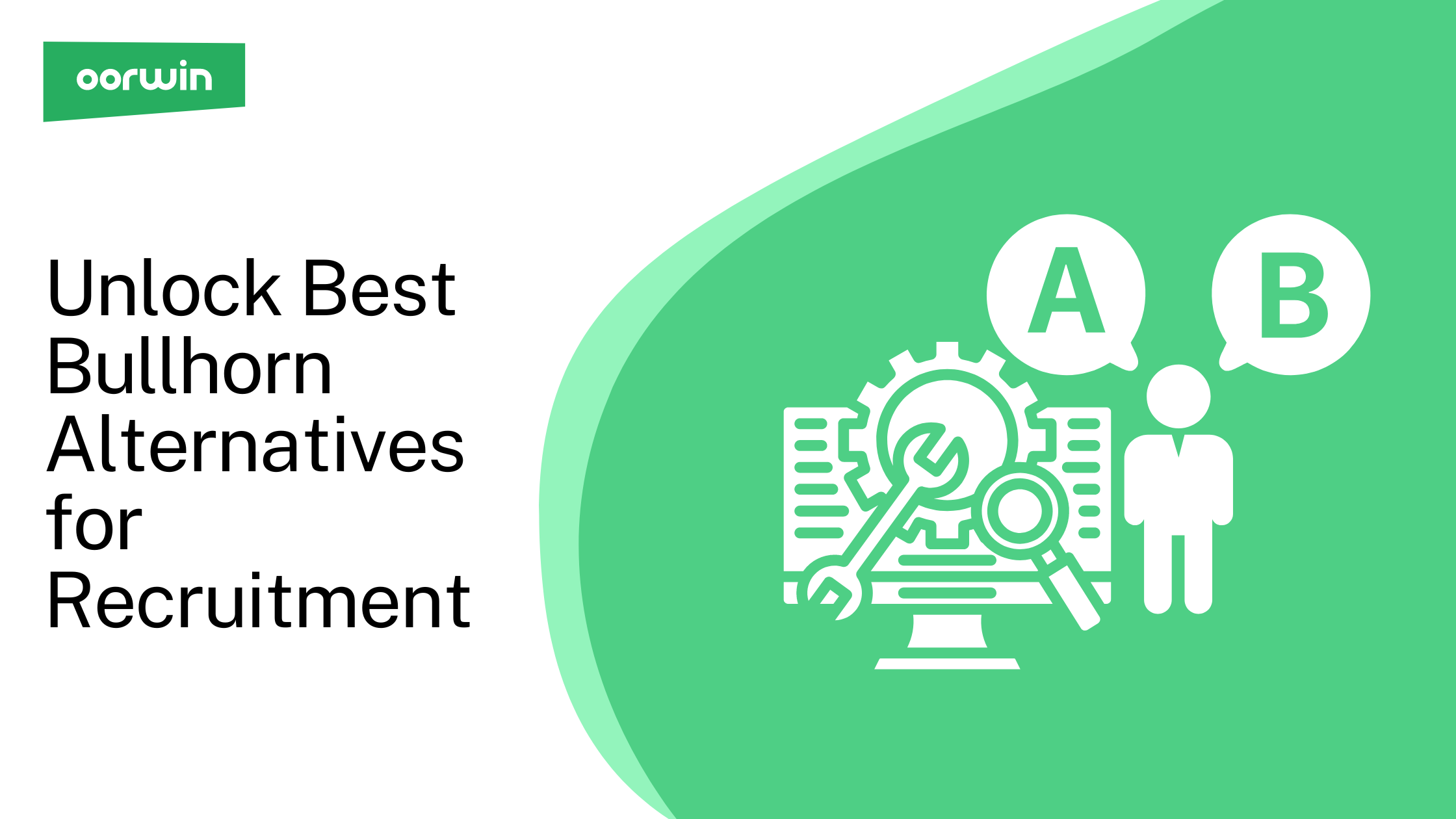How To Reduce Time To Hire in Effective Steps
In today’s candidate-driven market, where job seekers have the upper hand and retention rates are lower than ever, reducing your time to hire without sacrificing the quality of hire is one of the biggest challenges facing recruiters.
Manual processes like screening and sourcing are the leading cause of lengthy recruitment processes and make it difficult to reduce the time to hire. A lengthy hiring process is enough to convince candidates to look for other opportunities. AI-enabled recruitment solutions automate repetitive tasks to speed up the sourcing and screening of qualified candidates. These solutions can even improve the resulting candidate pool and allow you to reduce time to hire without compromising quality of hire or risking the loss of top talent.
However you measure it, focusing on reducing your time to hire is critical to ensure you don’t lose desirable candidates because of unnecessary delays in your recruitment process. In this article we will cover the benefits of reducing time to hire along with the process.
How reducing time to hire can impact your business
1. Saves Money and Resources
By hiring faster, you reduce the amount of time your hiring managers spend recruiting and the costs resulting from a vacant role. This includes factors like paying remaining employees overtime, hiring freelancers to fill a gap, or pushing back goals that impact business results and revenue. By reducing the time taken to hire new employees, a significant portion of these expenses can be avoided or reduced. This can be achieved by expediting the hiring process, resulting in lower costs per hire.
2. Avoids Fatigue and Burnout
If your current employees are required to fill a workforce gap for too long due to a lengthy time to hire, you risk those employees experiencing burnout. This impacts the quality of their work and their levels of engagement, and could negatively impact retention.
3. Raises Your Acceptance Rate
A faster, more efficient recruitment process means you’ll have fewer offers to compete with to land a star candidate. Candidates will have less time to explore elsewhere, giving you more negotiating power.
A faster time to hire will also keep you from losing candidates through loss of interest or a competing offer.
4. Accesses Higher-Quality Candidates
High-quality candidates don’t stay available for long, especially in today’s hyper-competitive market. Potential employers race to secure top talent for themselves; ensuring your own recruitment process isn’t a delaying factor is critical. By reducing time to hire, you can screen better candidates.
5. Improves Recruiter Productivity
With manual tasks eliminated, your recruiters have more time to focus on valuable tasks like engaging candidates, passive recruitment, and optimizing your recruitment strategy.
6. Elevates Candidate Experience
When your hiring process is efficient and your recruiters’ productivity is improved, they have more time to engage candidates and support a better overall candidate experience.
How To Reduce Time To Hire With AI-Enabled Recruitment
-
Analyzing and Implementing Strategies using Data:
Employing data-driven recruitment strategies can significantly enhance the hiring process. By gathering and analyzing data, companies can evaluate and improve their recruitment funnel, identify bottlenecks, and optimize the recruitment process. Data can help identify the most successful sourcing channels, assess the effectiveness of job advertisements, and improve candidate experience.
-
Assessing the Recruitment Funnel:
Evaluating the recruitment funnel can identify areas for improvement, such as reducing the time-to-hire, improving candidate engagement, or optimizing recruitment costs. By assessing the funnel, recruiters can identify which stages of the recruitment process require the most attention and can take steps to improve them.
-
Creating Realistic Job Descriptions:
Creating clear, concise, and realistic job descriptions can attract the suitable candidates and ensure they understand the requirements of the role. Job descriptions that are too vague or misleading can lead to high turnover rates and dissatisfaction among new hires. Accurately describing job responsibilities, expectations, and requirements can improve candidate experience, reduce the number of unqualified candidates, and enhance the recruitment process.
-
Enhancing the Careers Page:
A company’s careers page is the primary source of information for potential candidates. It should provide a comprehensive overview of the company, its values, culture, and benefits. An engaging and informative careers page can attract the right talent, improve candidate experience, and increase the number of qualified applications.
-
Streamlining the Application Process:
The application process should be straightforward and efficient to ensure candidates complete it. Long and complex application forms can lead to candidate drop-off, reducing the number of qualified applications. By streamlining the application process, recruiters can improve candidate experience, reduce time-to-hire, and increase the number of qualified candidates.
-
Efficient Interviewing Process with AI:
Using AI-powered virtual interviewing tools can improve the recruitment process’s efficiency and accuracy. AI-based tools can analyze candidate responses, facial expressions, and body language to provide insights into candidate suitability, enabling recruiters to make informed decisions. Additionally, AI tools can reduce recruitment bias, ensure consistency, and improve the candidate experience.
-
Leveraging Skills Assessments:
Skills assessments can help evaluate a candidate’s aptitude and suitability for the role. Assessments can include technical tests, behavioral assessments, or cognitive tests, among others. Using skills assessments can reduce recruitment bias, improve the quality of hires, and enhance candidate experience.
-
Utilizing Applicant Tracking Software (ATS):
ATS tools can help recruiters manage the recruitment process, from job posting to candidate onboarding. ATS can automate many administrative tasks, reducing manual efforts, and providing insights into the recruitment process. Additionally, ATS tools can improve candidate experience, reduce time-to-hire, and increase the number of qualified candidates.
-
Implementing an Employee Referral Program:
Employee referrals can be a valuable source of high-quality candidates. By implementing an employee referral program, recruiters can leverage their existing workforce’s networks and incentivize referrals. Referral programs can increase the number of qualified candidates, improve time-to-hire, and reduce recruitment costs.
Improve Time to Hire With AI
AI-enabled recruitment helps you not only hire faster but also hire smarter to help your business get better overall results by securing top talent.
Learn more about how AI in recruitment can take your hiring efforts to the next level by requesting a demo with Oorwin today.
Popular Articles..
Blog
Blog
Blog
Get the latest Oorwin releases, updates, success stories & industry news
 Back
Back


